Could the defense industry hold the key to economic revitalization in 2025? As global tensions rise, opportunities within this underestimated sector are mushrooming in unexpected ways. Prepare for astonishing insights that may reshape your investment strategies.
If you're overlooking the defense industry, you're missing out on innovations that promise to redefine global dynamics. With advancements in technology and cybersecurity capabilities, understanding this sphere is more critical now than ever before. Explore why missing these developments could be your biggest regret.
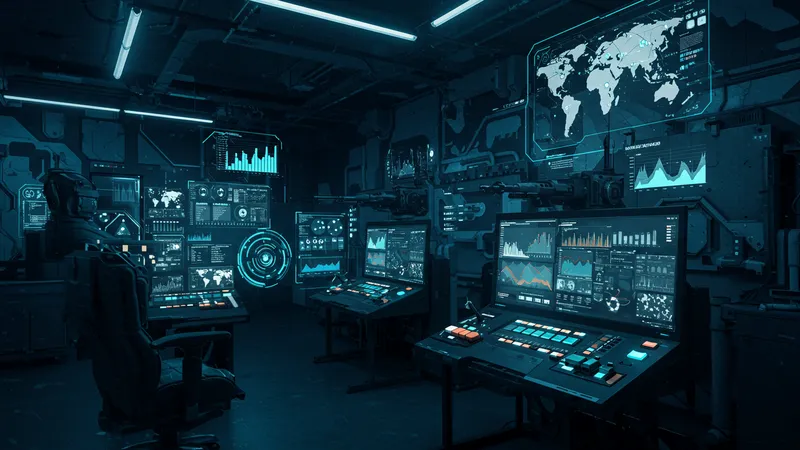
Surprising to some, the defense industry isn’t just about tanks and planes anymore. Quantum computing, AI, and drone technologies are infiltrating every part of defense strategy. This blending of traditional and cutting-edge methods is not just transforming military capabilities—it's setting a precedent for other industries to follow. But that’s not even the wildest part…
Consider this: the integration of civilian tech companies with military contracts has seen a stunning rise, revolutionizing both sectors. Companies like Google and Microsoft are collaborating in ways that were unthinkable a few years ago. The line between consumer tech and defense innovation is blurring—creating alarm and excitement in equal measure. But what’s brewing behind closed doors is even more jaw-dropping.
What happens next shocked even the experts, as untapped potential and previously unseen alliances continue to explode onto the scene. Strap in as we delve deeper into the unprecedented shifts reshaping the defense industry landscape for 2025 and beyond. Just wait until you see what’s next…
The defense industry is undergoing a paradigm shift as digital technologies redefine its core. AI algorithms now optimize supply chain logistics, ensuring troops and machinery are operational at all times. This deepens strategic advantages tremendously as military operations become more data-driven. But there’s one more twist…

Coding prowess is joining with traditional military strategy, leading to cybersecurity systems that can predict and thwart attacks before they happen. These predictive systems are setting the stage for a revolution in preemptive security measures. And that's just scratching the surface of what's coming.
Another surprise is the extent of 3D printing technology in defense production. Fighter jet parts to mobile army bases can now be produced on-site, effectively reducing costs and enhancing sustainability. These innovations promise significant shifts in military logistics as they cut delays and increase resource availability.
But it’s not just about tech—military training itself is being revolutionized by virtual and augmented reality, offering immersive simulations that can replicate combat scenarios. What you read next might change how you see this forever.
While the defense sector's focus remains on security, its economic impact is undeniable. It's an underappreciated source of high-skilled jobs and technological spillovers that boost civilian industries. The ripple effect of these developments trickles down, providing unanticipated benefits for local economies.
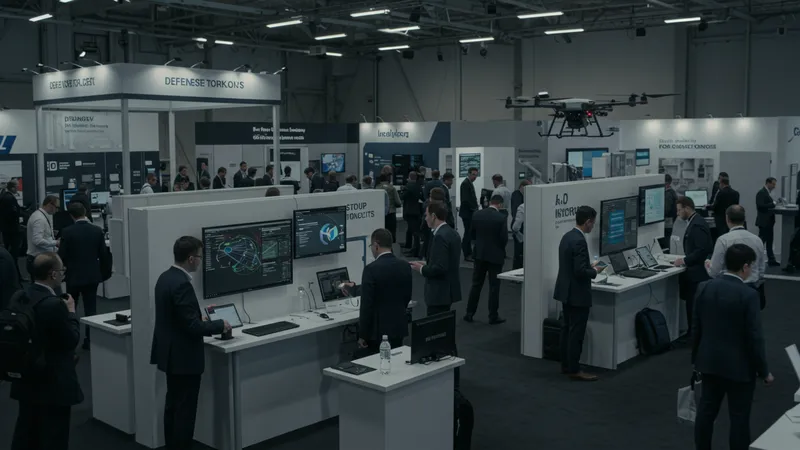
Industries that once seemed detached from defense are now intertwined as partnerships surge. Start-ups focusing on AI and drone technologies are landing lucrative contracts, accelerating regional tech growth and innovation. This blurring of lines between defense and civilian applications spurs unforeseen progress.
The competition among countries to boost their defense tech prowess is fierce, fueling an investment race that benefits peripheral industries, from manufacturing to software development. The economic playground is broader and more vibrant now, driving unexpected opportunities.
While cynics may debate the moral grounds of defense spending, the measurable economic gains challenge these opinions. What unfolds beyond the obvious might surprise you.
Aviation—a mainstay of the defense industry—faces waves of innovation that push the boundaries of what’s technologically feasible. Hypersonic travel and stealth technologies are advancing at an astonishing rate, altering the strategic map significantly.
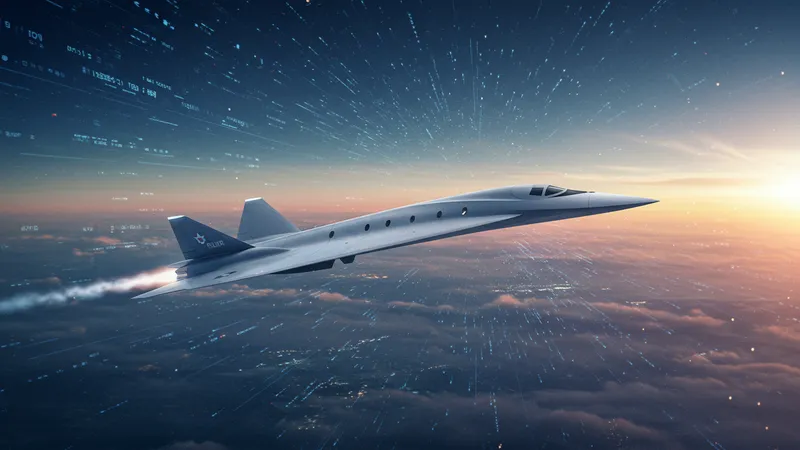
Futuristic aircraft, lighter and faster, prioritize maneuverability and speed. These improvements not only bolster defensive capabilities but forecast future travel revolutions that balance efficiency with defense imperatives.
Supersonic passenger jets, once shelved due to economic constraints, are back in the spotlight with defense backing. The potential dual-use technology ignites interest, driving a new era in both military and commercial aviation.
The merger of sustainable fuel alternatives with defense protocols is opening discussions about greener aviation strategies—pivoting into a harmonious alignment of defense and environmental priorities.
The defense industry, a perceived environmental offender, is pivoting towards greener technologies. From biofuels to electric vehicles, the push for sustainability is stronger than many realize.
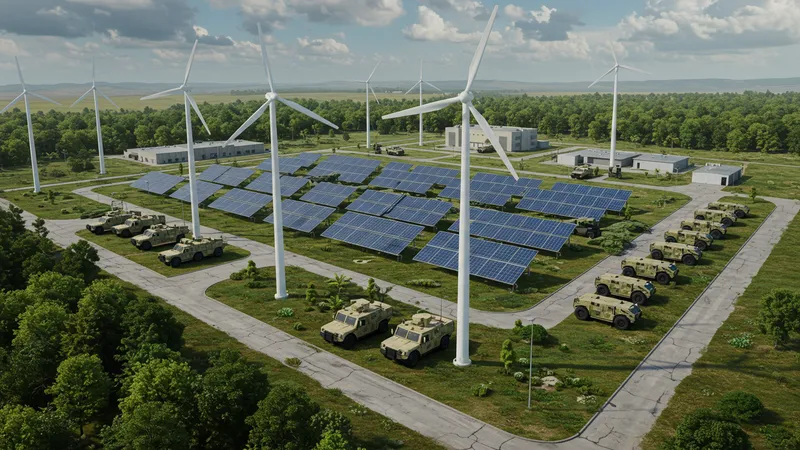
Military bases globally are now adopting renewable energy sources, cutting their carbon footprint significantly. Initiatives are in place to reduce waste and improve recycling, often surpassing civilian efforts with their stringent guidelines.
This alignment between military efficiency and environmental prioritization spells promising developments in sustainable practices. Potential energy savings could redirect funds into advancing technology further.
The green transformation of defense operations exemplifies a sector willing to evolve, challenging the narratives that it’s stuck in the past. But this story is more layered than one might initially think.
The landscape of defense work is increasingly dominated by private contractors, altering both operational norms and employment dynamics. These companies provide flexibility and cutting-edge expertise sorely needed in contemporary defense strategy.
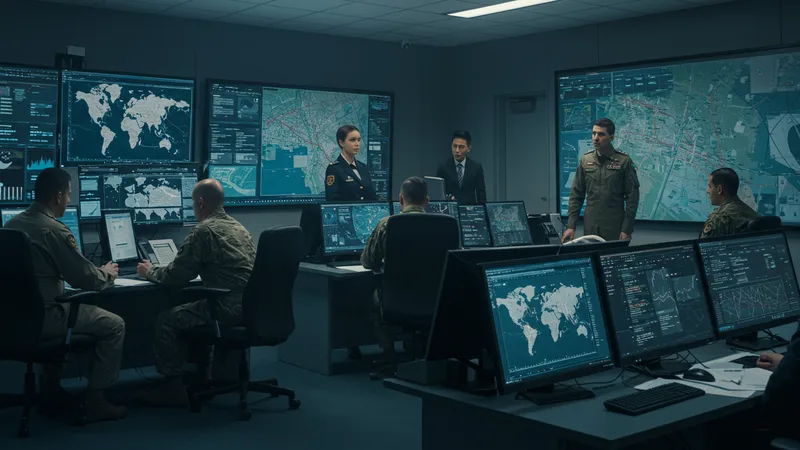
Such collaborations not only optimize resources but infuse fresh perspectives into traditionally rigid systems. These dual-sector employees bring civilian innovations to military needs, creating unprecedented synergy.
However, this trend ignites debates over the privatization of military functions and security. The narrative weaves a complex web of power, influence, and accountability concerns that resonate deeply within political and public spheres.
Private contractors go beyond simple subcontracting—they shape defense policy and technological evolution. Their influence is a crucial twist in the overall defense structure.
In the digital age, cybersecurity's role within defense is pivotal and ever-expanding, addressing sophisticated threats that grow more cryptic with every technological advancement.

Network protocols and firewalls aren't merely defensive anymore; they are being integrated into offensive strategies designed to counteract potential threats proactively. This evolution reinforces the pressing need to safeguard digital assets at unprecedented levels.
The strategic significance of cyber defenses has corporations racing to develop AI-infused systems capable of adapting dynamically to unidentified threats. Consequently, these efforts cultivate a workforce equipped with skills applicable across multiple sectors.
The trajectory of cybersecurity development within defense has far-reaching implications beyond national security, likely altering everyday technological interactions for the future. This intricate dance between risk and innovation is full of further secrets yet to be unveiled.
Artificial Intelligence has become indispensable in modern defense strategies, from autonomous vehicles to real-time data analysis. AI's ability to streamline decision-making processes accelerates military readiness and strategic deployment efficiency.
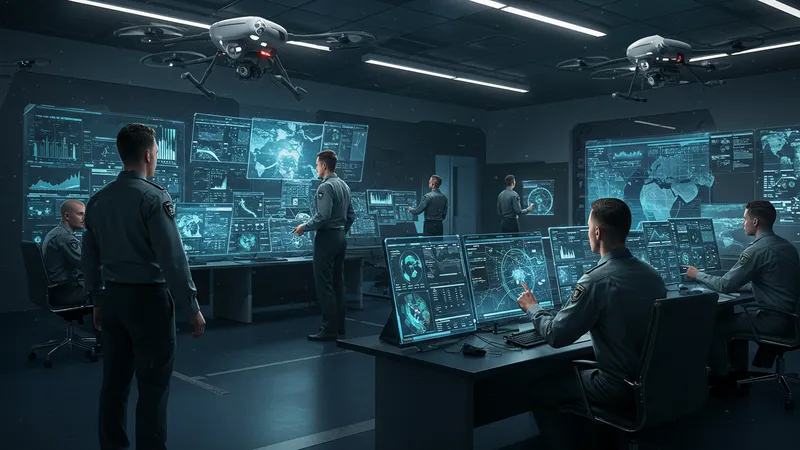
The continuous evolution of AI integration—once feared as a threat—is now seen as a salvation, optimizing resources and reducing the potential for human error. This paradigm shift defies traditional military norms and opens dialogue about the ethical use of AI in warfare.
Future capabilities, like autonomous drones and unmanned ground vehicles, are on the brink of mainstream application. These advancements spearhead tactical flexibility and could redefine conflict engagement rules.
AI’s ascension is akin to an ongoing plot twist, unveiling an unpredictable future where human ingenuity and technology coexist dynamically. The anticipation of what comes next is palpable.
The utilization of drones and autonomous systems has skyrocketed, offering unparalleled surveillance and strike capabilities with precision. Their deployment transforms the landscape of warfare, enhancing both tactical options and operational reach.
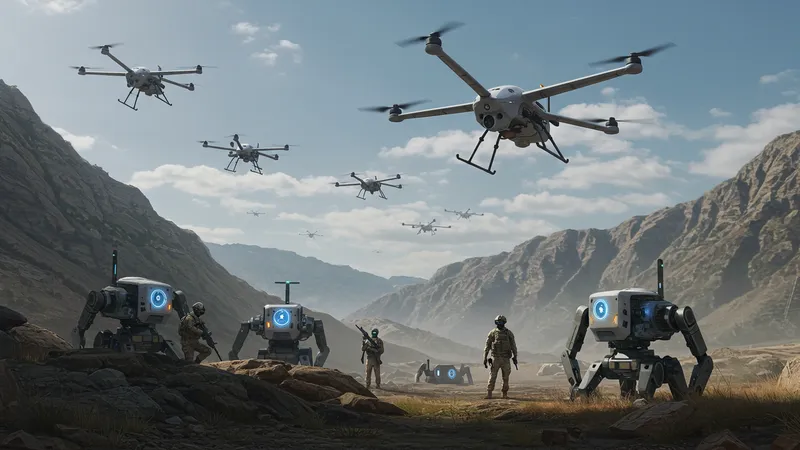
Efforts to integrate drone technology into broader defense systems suggest that autonomous units could soon operate alongside human counterparts seamlessly. This synergy promises new layers of strategic depth and operational flexibility.
As drone technology matures, its civilian applications multiply, from sanitation to emergency response. Defense initiatives propel these advancements, redefining not just military campaigns but societal infrastructure improvements.
The road of drone innovation leads beyond warfare applications, nudging society towards a new era where autonomy reigns, posing both incredible opportunities and ethical quandaries to unravel.
With nations exploring beyond Earth’s atmosphere, space is becoming a pivotal battlespace. Satellite defenses and space-based weapons systems are redefining boundaries and intensifying global competition.

The arms race erases geographic confines, moving the frontline to the extraterrestrial—a domain both surreal and strategic. The implications of such movements extend beyond defense, influencing international diplomacy and cooperative space explorations.
Major powers invest heavily in satellite capabilities for surveillance and communication, dwarfing past space endeavors. The strategic elevation to space elevates the stakes across defense and collaborative uncharted endeavors.
While alliances form to prevent space conflict, the technology developed in this race to space fortifies terrestrial capabilities, showcasing a defense-driven catalyst for celestial progress whose full potential is yet nascent.
Global defense alliances are evolving beyond traditional frameworks, encompassing cooperative cyberspace strategies and shared technological advancements to harness collective might against multifaceted threats.

Organizations like NATO are reimagining joint operations by encompassing cyber and technological fronts, broadening definitions of collective defense beyond physical warfare engagements.
These collaborative efforts resonate with shared security interests, promoting defense diplomacy that fosters innovation through shared developments and inter-military exchanges.
The shifting landscape strengthens alliances and underlines the significance of unified efforts in addressing modern threats. Yet, the intricacies and dynamics of these collaborations still hold mysteries worth unriddling.
The rapid evolution of defense technology ushers in ethical debates concerning AI and autonomous weaponry, alongside privacy issues stemming from advanced surveillance and data mining.

Ethics boards within defense organizations wrestle with ensuring responsible development, balancing innovative strides with moral accountability concerns. The discourse surrounding human oversight and control forms the crux of these evaluations.
Such discussions engage industries and communities alike, questioning how advances can uphold humanitarian values while achieving strategic aims. Continued dialogue remains crucial in influencing defense policies shaped by these profound considerations.
The philosophical dilemmas emerging from defense innovations present challenges extending far beyond immediate applications, reflecting societal values and choices for decades to come. This ethical grappling reveals an evolution yet incomplete.
The investment landscape within the defense sector shows promise as emerging markets and breakthrough technologies present lucrative opportunities ripe for strategic exploration.
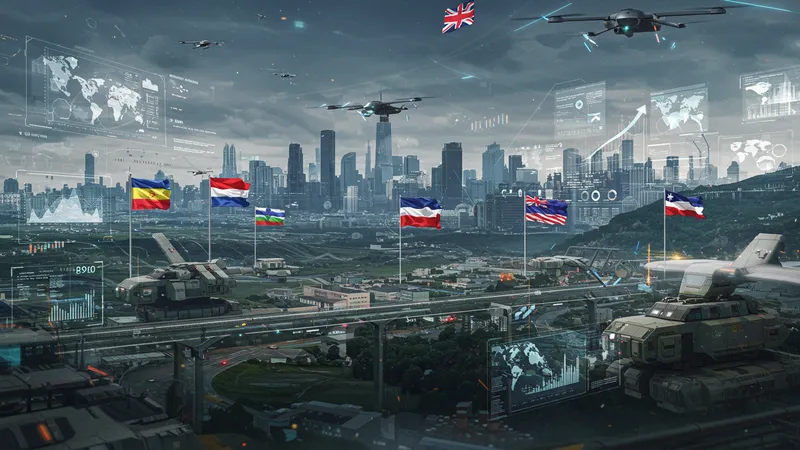
Government policies supporting defense innovation fuel investor confidence, creating fertile ground for growth across regional and global scales. This optimism energizes development prospects tethered to economic and technological advancements.
Venture capital flows into defense tech seedlings, anticipating disruptions in existing paradigms as nascent ideas transform into profitable ventures. Alliances with established players further secure pathways for sustained innovation.
Yet caution remains routed in geopolitical uncertainties—a dual force of inspiration and restraint. Despite unmeasured potentials, navigating the investment river demands astute discernment and adaptability.
The defense industry's future is anything but static, laden with opportunities and ethical crossroads that demand navigation. Whether it's leveraging quantum tech or mitigating cyber threats, the stakes are as high as the possibilities are vast. Sharpen your strategic lenses, the horizon of defense avenues expands into unseen realms. Share this enlightening journey with colleagues and stakeholders, as understanding 2025 avenues could redefine economic futures.